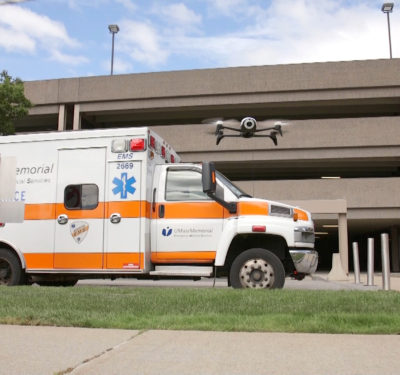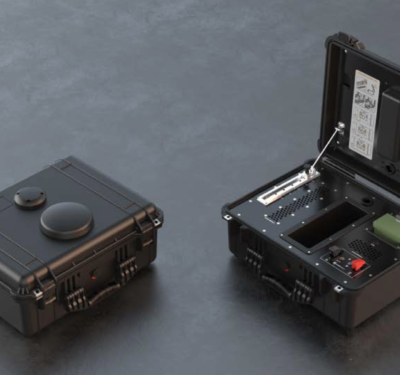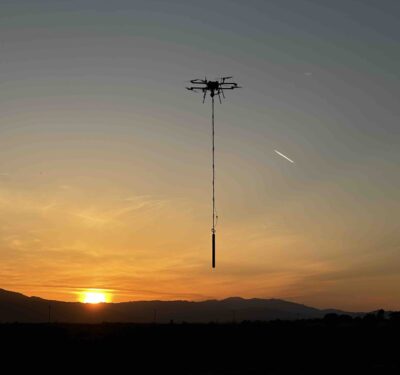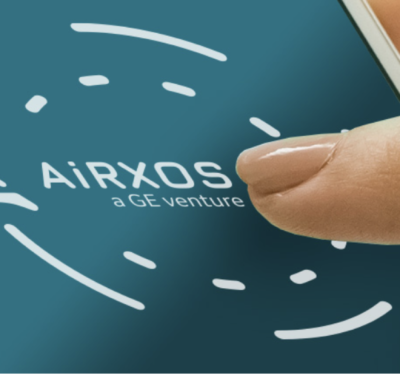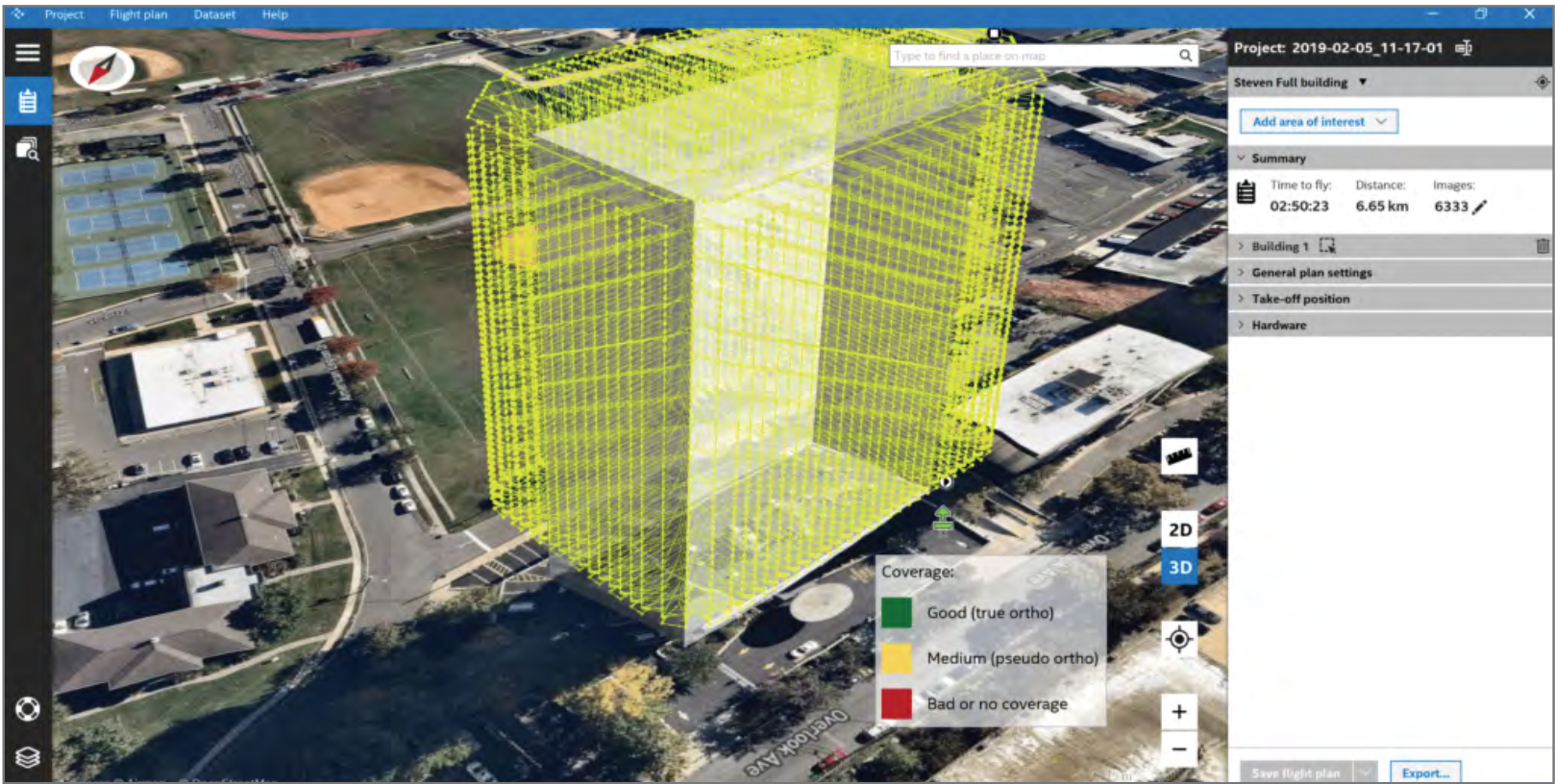
Y Bird Airways is putting unmanned technology to full use in a challenging metropolitan environment; regulatory authorities scramble to keep up.
High-rise building inspection in “The Big Apple” is transitioning from conventional scaffold-based to more efficient and economical drone-based approaches. One company, Lyndhurst, New Jersey-based Y Bird Airways, is making waves in an expanding sector.
“If we can make it here, we can make it anywhere,” said Y Bird Airways CEO Jerson Batista, whose company is doing big business in the city itself and throughout the tri-state area (New York, New Jersey and Connecticut). “New York City is the toughest airspace in the world, but we’re working with the authorities and there’s something new and exciting going on every day.”
The story of Y Bird is certainly exciting. Batista began the company in his college dorm room in 2017 and in three years has transformed it into a seven-figure-earning concern. “We started with small jobs, with bridges, and then we diversified; we focus more on buildings now. We managed to raise some capital and then got certified MWBE [Minority and Women-owned Business Enterprise], which opened the door for us tremendously. The New York Port Authority gave us a try; we got classified as a preferred vendor and became their main provider. Now we’re getting calls from all over. We’ve gone from one employee to fifteen. We started with one drone and now we have four, and we’re ordering three more from Topcon.”
Y Bird uses the Topcon/Intel Falcon 8+ to maneuver among the urban high-rises. “In New York, you really need a sophisticated drone like the Falcon,” said Batista. “Otherwise you’re going to start crashing into buildings, and we have already seen that with some of these hobbyist-type outfits that are flying around. What’s unique about the Falcon 8+ is its redundancy. When one of the systems has an issue— let’s say the battery, if it’s not plugged in correctly—it will tell you. If there’s an issue with the inertial measurement unit, it will tell you. It’s an octocopter, so it can handle rough flying conditions, and you can select different operating modes, whether you’re operating in high winds or if you’re getting magnetic interference. So there’s an important safety aspect there.”
Y Bird generally works as a subcontractor for engineering and architectural firms. Architectural Preservation Studio (APS), is an important design professional-service company that has worked with Y Bird, notably on a roof-inspection project at the Stevens Institute of Technology, located in gentrified Hoboken, New Jersey, just across the river from New York City.
APS partner Sandeep Sikka said, “We needed to do a condition assessment of a slate roof that was leaking.” In the past, he said, engineers would have had to build an elaborate pipe scaffolding. “The roof had a very particular configuration, and a scaffold could have cost seventy-five or eighty- thousand dollars. Well, in this case, our client didn’t have that kind of money, and even if we had gone that way, or if we had wanted to try to walk over the entire roof, around every corner, in a harness, we still wouldn’t have got a very clear picture. This roof had a lot of valleys and ridges. We see this as well with [sloping] mansard roofs, where you really can’t walk on it and it is very difficult to access certain areas. We used to use binoculars in the past, but that’s not an ideal way to work.”
Y Bird did a quick assessment, using a drone-based infrared camera to locate moisture pockets. “It was really well done,” said Sikka. “The drones can zoom in to various areas; you can fly anywhere over the entire roof. It allowed us to locate the areas where the tiles or the membrane were jeopardized and had to be replaced, and it allowed us to make quite a precise cost estimate. Obviously, we saved a ton of money for the client, and it gave us, as the architects, a much better picture of what was going on.”

IRONING OUT OBSTACLES
Many U.S. cities already allow the use of drones for building inspection, with FAA approval. However, in much of New York City, local laws still restrict the practice.
“Here in the Tri-state area, you have different jurisdictions,” Batista said. “There are a lot of hurdles that we have to overcome, because it’s not unified; there’s not one easy way to operate.”
In Manhattan, under the Facade Inspection Safety Program (FISP), a building of six stories or more has to be inspected every five years. “With the FISP, the way it starts is with a visual inspection,” Batista explained. “They typically do this from the street, with a strong telephoto lens on a camera or with binoculars. So, this is where we can use a drone to get a close-up view, better than from the street level. But then, by law, if you see a problem, you still need to do a hands-on inspection, and that can be dangerous. It means a guy on a drop scaffold or in a harness rappelling down and tapping around with a hammer to make sure nothing’s going to fall off the building.”
Local authorities in New York are understood to be considering the elimination of the hands-on requirement, allowing a drone-only inspection to satisfy the FISP requirement. “I feel that we’re moving in the right direction,” Batista said. “We can do this job at a fraction of the cost of a hands-on inspection, without putting people in harm’s way.”
Sikka agreed. “This is the cheapest and the quickest way to get up close to areas that you would want to see. I don’t think drones will ever completely replace engineers in the field, but there are things you just can’t do with a hands-on approach.”
Y Bird is looking to add new capabilities to its service portfolio, including automatically-generated 3D digital twins of entire buildings, Batista said. “We can bring the building to your computer, we can do the elevation and line drawings, which is so much easier when you have a high-resolution point cloud. We can do a lot more with that data than just the photo, while saving a lot of money. The client is figuring this out and they are starting to understand the regulations and what they can do. We’ve seen our market doubling and tripling every year since we’ve been in business, and we expect that to continue.”


